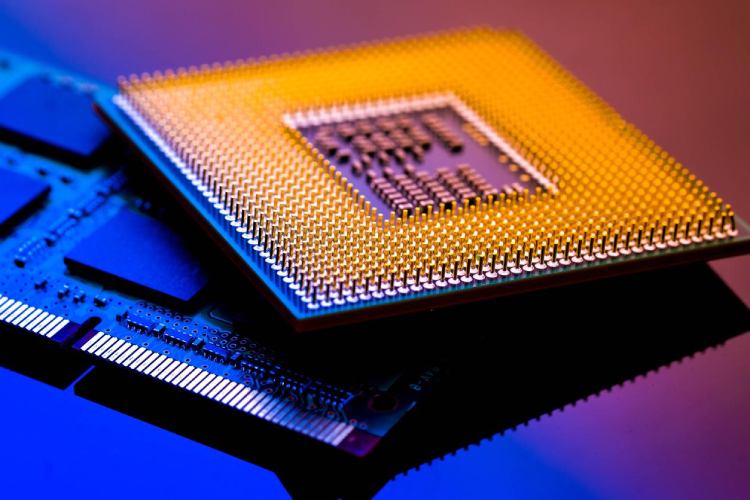
The allocation of total outlay of Rs 6903 for semiconductor ventures in the union budget 20242-25 marks a significant leap in the growth of India’s electronics and semiconductor industry. Government along with the industry stakeholders has been undertaking strenuous efforts to help the country in moving ahead in the global value chain. 10-15 years back, there was a huge impediment in the country in growing the semiconductor and ESDM sector, which is because of lack of crystal-clear policies, non-concentration in the hardware ecosystem, and uneducation towards the importance of this industry. Now, experts feel that the core electronics mojo is now back on the right track. The schemes and financial subsidies coupled with FDIs are expected to make India a global powerhouse in electronics manufacturing. In this regard, Rajoo Goel, Secretary General, ELCINA highlights India’s current mission and vision for the success of the electronics industry, the geopolitical strategies, and how India is poised to grow its economy from 5th position to 3rd rank by the end of this decade.
The Growth and Transformation of India’s Current Electronics Industry
The momentum gathered by the electronics sector is indeed amazing presenting infinite opportunities. The sector is galloping away and is well on the way to achieve erstwhile elusive target of producing USD 300 bn worth of electronic goods within the next three years. Buoyed by the pace, we are now emboldened to target an industry exceeding USD 500 billion by the year 2030. In this situation, two critical constraints for success are time and perseverance. First and foremost is time, which is only a limited and fixed resource and the second is our ability to preserve. Perseverance has to be understood in its wider meaning including our determination to pursue our goals and also to remain steadfast and committed to our belief that we can succeed in achieving our ambitious target and vision.
Overcoming The Challenges and Aggressive Investments in Innovation
Success in this industry depends on aggressive investments in innovation, R&D and manufacturing facilities, to enhance competitiveness and gain an edge in the export markets. This challenge, which we have accepted, if overcome successfully, world result in immense benefits for India to establish us as a leader in the global economy. The India Semiconductor Mission is a huge initiative and the obvious case in point. The mission has attracted well over Rs 150,000 crores, which need to be implemented in the next 4-5 years. It is noteworthy that historically cumulative investments in the sector have not even been a fraction of this huge amount. This is a eureka moment for the industry and the announcement of these projects is an extraordinary milestone.

Current Scenario of the Global and Indian Electronics Industry Post COVID-19 Geopolitics
The global industry has been in turbulence ever since the breakout of COVID-19. While US, China tensions predated covid, but things have been getting increasingly difficult and unpredictable with one crisis following the other. The Ukraine-Russia war added immense pressure for the global economy especially in the areas of energy and materials notwithstanding the immense human sufferings and the loss of property it caused. Even as this war continues, there are growing tensions in the Middle East with Israel vs Hamas standoff. In this entire milieu, India definitely stands out as a bright spot and beacon of hope. With our focus on the ESDM sector, India has been pulling out all stops for enabling the electronics ecosystem and establishing itself as a serious player in the global industry. While our economy and markets are growing, demand growth outpaced supply and we remain dependent on growing imports. Concerted efforts in the last few years have salvaged the situation somewhat. However, much more needs to be done to create a sustainable ecosystem especially with respect to value addition and the manufacturing of components.
The Potential of India Taiwan Partnership in Boosting Electronics Industry
Amid the grave geopolitical crisis, the India Taiwan partnership has great potential, particularly because we are aligned by our values of being trusted partners and more importantly, our strengths and weaknesses complement each other. This presents a great opportunity for success through collaboration. It is clear that Taiwan needs to rebalance its economic relationships globally and reduce its dependence on mainland China. This is true to some extent for India as well, due to our high import dependence on China. As it has emerged from discussions in various forums, Taiwan is looking to strengthen its partnership in all domains with India, especially in the electronics and ICT domain. While both Taiwan and India will benefit greatly from this partnership, the former can have a major stake in the latter’s success. All our trusted partners and most of the world is looking towards the economic success of India with the conviction that India would be a stabilizing factor in the current fractured world and be a strong player in the global value chain.
The Benefits of India from Increasing Investment in the Semiconductor Space
The entry of Tata Group in the semiconductor domain is a huge impetus for the electronics sector. It lends confidence to all industry stakeholders to enter this domain and support this growth. This confidence is further fortified as the Tata’s have made a wholehearted entry by announcing two major projects, the first silicon Fab valued at Rs 91,000 crores and their OSAT project in Assam requiring an investment above Rs 27,000 crore. In addition to this first mega OSAt project worth Rs 22,000 crores, was announced by Micron, which is already under implementation in Gujarat. There are several other projects in the pipeline being set up by eminent domestic companies such as Sahasra semiconductors which has already established the first memory packaging unit and Kaynes Semicon, among others. Global leaders strengthening their value chains in India are Applied Materials investing US$400 million and AMD, establishing major development and engineering centers for semiconductor equipment and processors respectively.

